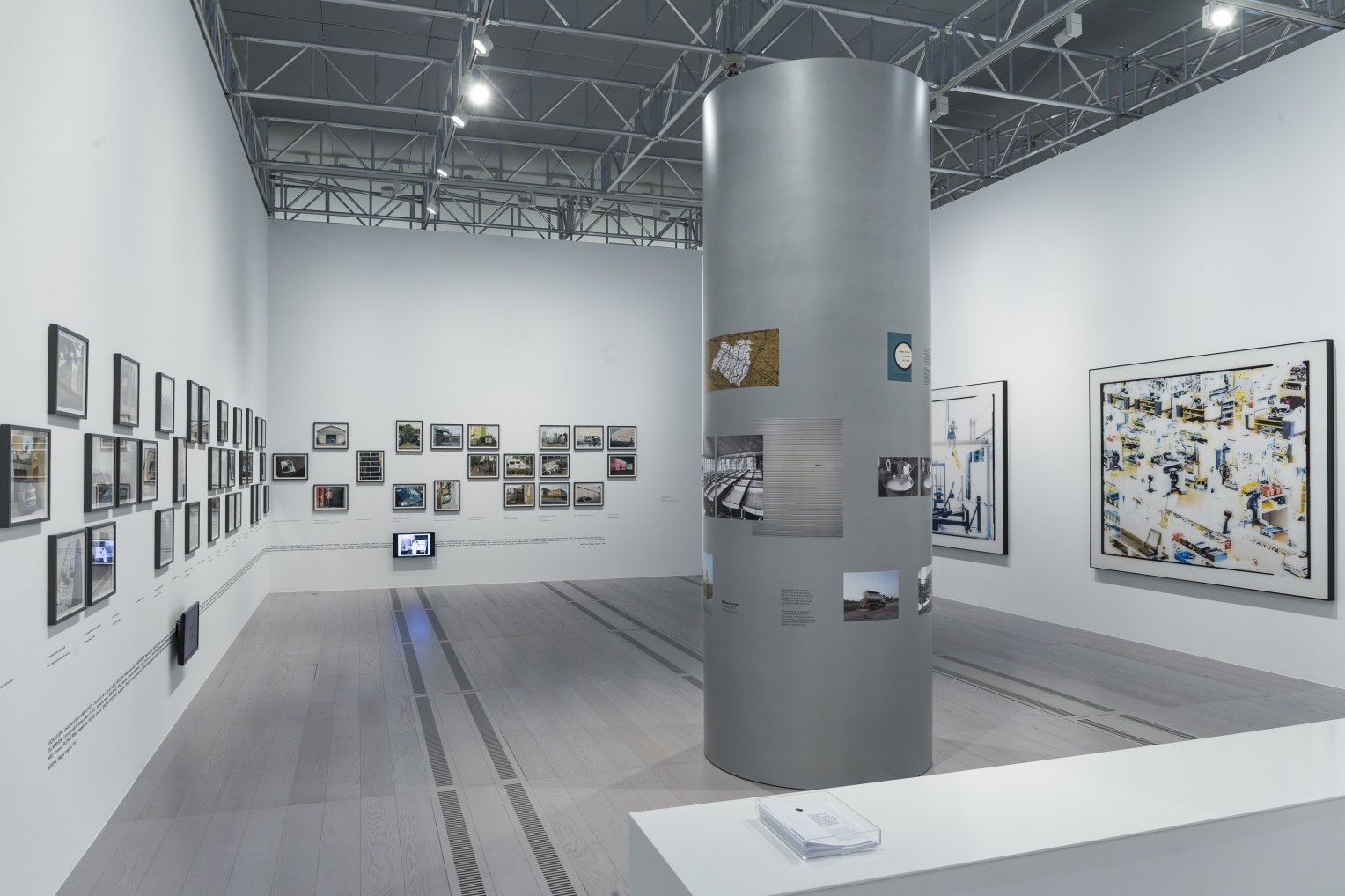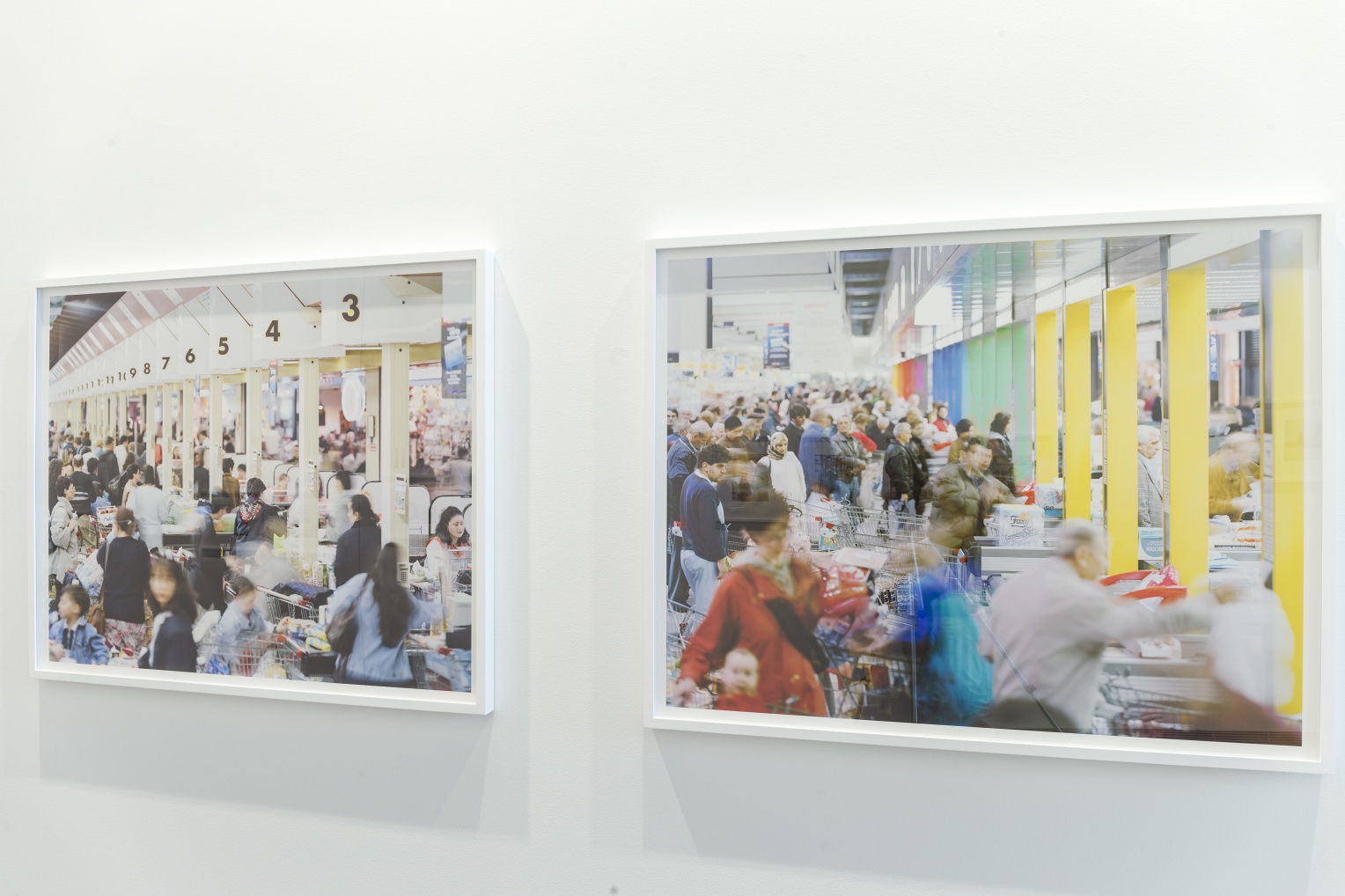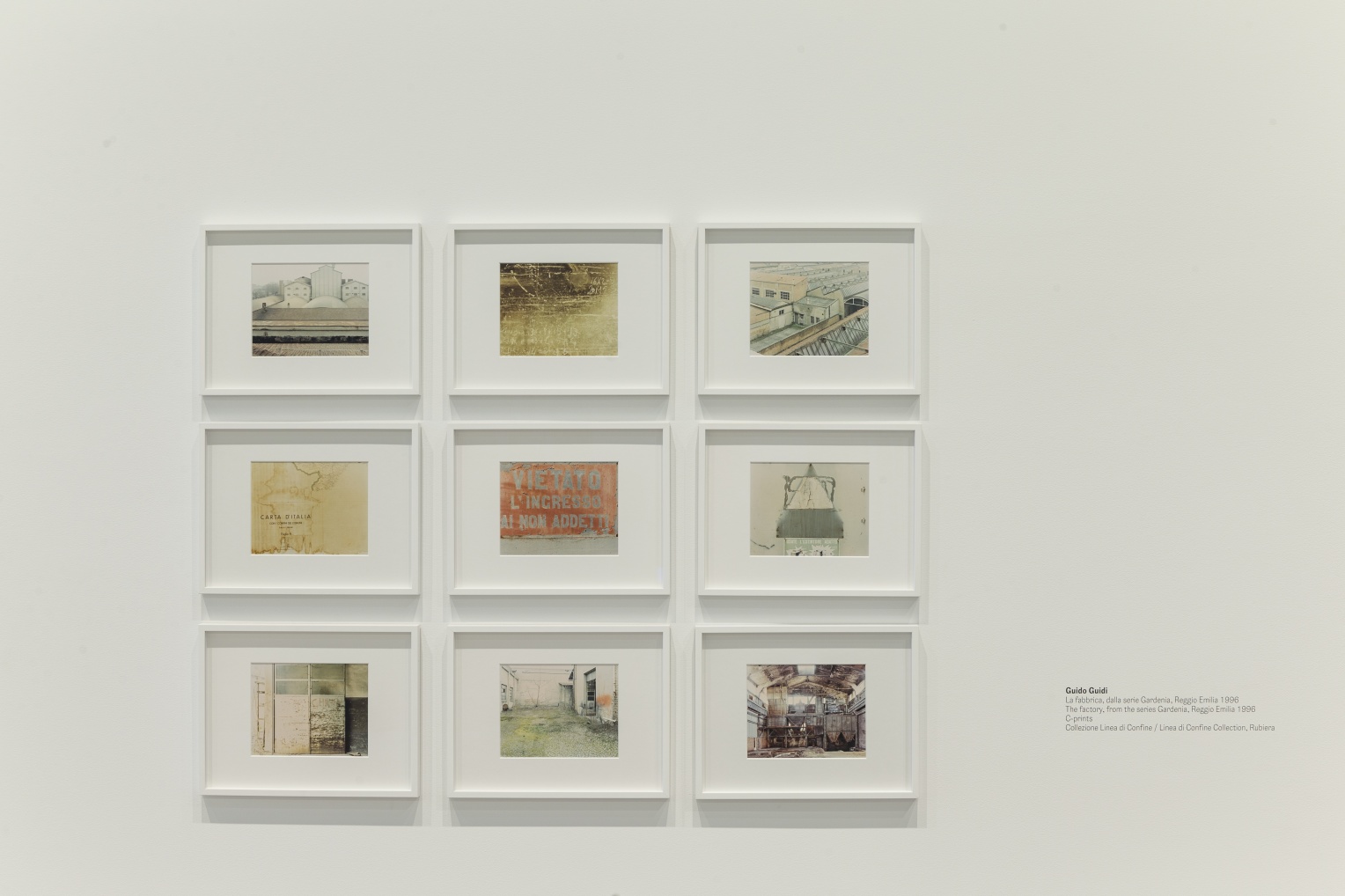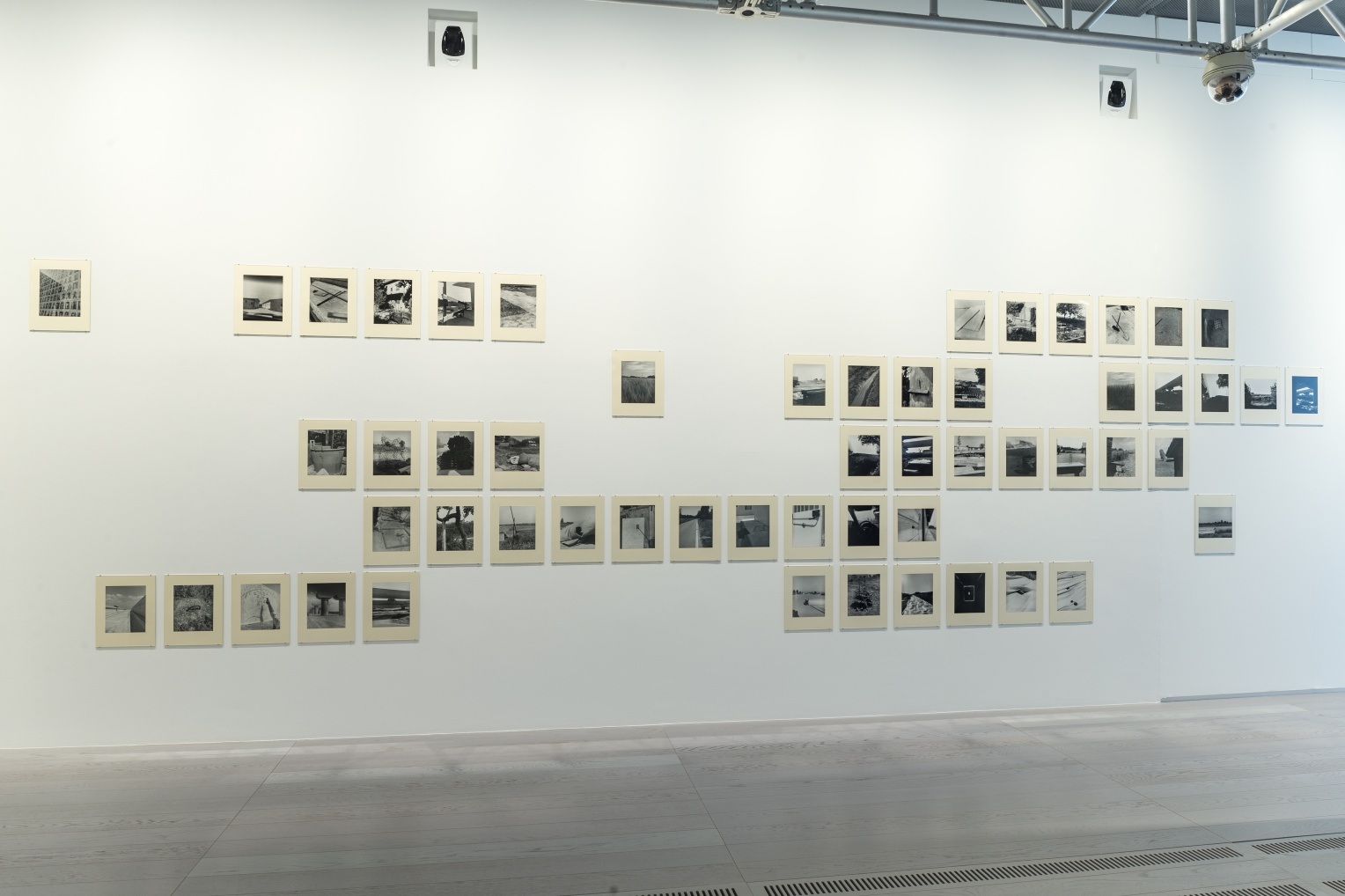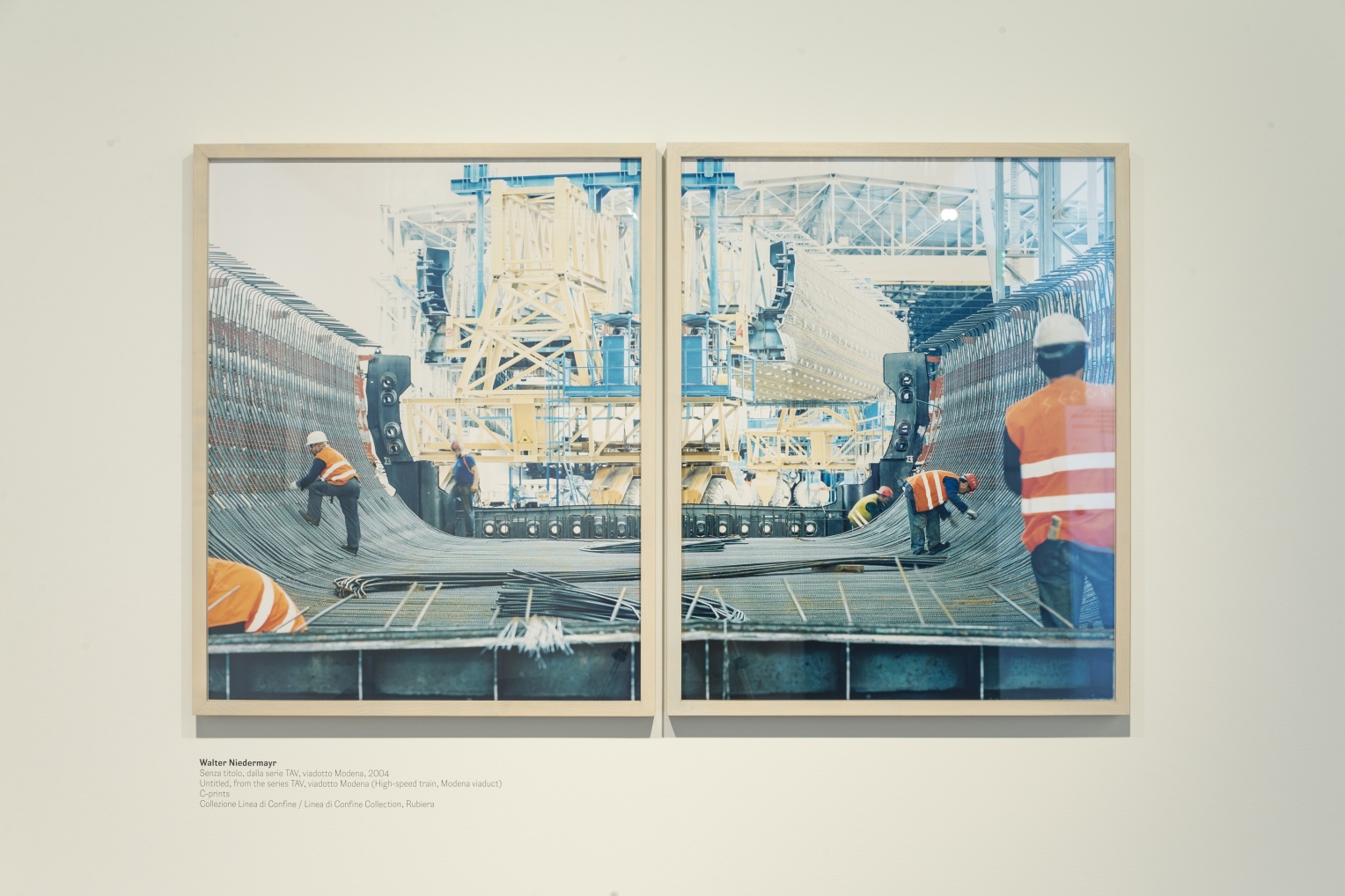With Lewis Baltz, Olivo Barbieri, Gabriele Basilico, Tim Davis, Simone Donati, John Gossage, William Guerrieri, Guido Guidi, Walter Niedermayr, Enrico Pasquali, Paola di Petri, Bas Princen, Franco Vaccari, Carlo Valsecchi, Marco Zanta, anonymous photographs from the Minganti factory in Bologna and film stills from Antonionis «Il Deserto Rosso».
4 May – 25 September 2016 / MAST Foundation, Bologna
A Tile, some Milk, a Machine and Logistics
Photographs of Emilia-Romagna at Work
Photo: Rocco Casaluci
In recent decades, Italy’s landscape has undergone unprecedented changes. Researchers believe that the fundamental and historic transformations in habitation patterns in this time have been of such an intensity and breadth that they are comparable with only two other significant phases of metamorphosis in the Italian territory: the developments that took place in Roman times and later during the Renaissance. (Arturo Lanzani) These changes have also had an impact on Emilia-Romagna. The city of Bologna and a few surrounding small towns have forced their boundaries expanding into a sprawling and dense suburban area that extends from Bologna across Modena and Reggio Emilia to Parma. The changing dynamics of the economy since the Second World War, accelerated by globalisation, have been a fundamental factor in this development.
Although we observe this development retrospectively with mistrust and certainly with regret, because we much preferred the clearly delineated villages and centres, surrounded by open, bounding countryside, to an endlessly sprawling suburban jungle – yet we know, too, that we are probably on the cusp of much greater transitions. We read and hear that the latest stages in digitization will radically change the working world and thus all our lives, our societies, in the coming years. Perhaps so radically that it currently defies comparison, that we will have to reconfigure our notions of work, of society, of social balance entirely.
With this turbulent future in mind, "A Tile , some Milk , a Machine and Logistics – Photographs of Emilia-Romagna at Work" is an exhibition that presents a kind of interim view, an interlude. A stocktake of the economic and regional developments in Emilia-Romagna since the turn of the millennium, a kind of state of calm before a potential storm – even if the continuous, almost “merciless” flood of goods that is being transported worldwide at all times of day by ship, aeroplane, train and lorry, is already pushing the motorways from Milan to Bologna and on to Rome and the south to the limit, indeed overstretching them.
With the aid of photographs and videos from the MAST collection, as well as works loaned from photographers and the support of the collection of Linea di Confine in Rubiera (an initiative that has photographed and discussed the development of Emilia-Romagna for 25 years), the exhibition weaves a net: a fabric in which contrasting pairs highlight how old structures of production are disappearing and new, cutting-edge technological processes and industries are emerging, how traditional landscapes and ancient regions are being confronted with new, accelerated high-tech and commercialised service zones in the ceramics and machine industries, but also in food production and in many other areas.
The exhibition is naturally fragmentary: it does not present the entire economic and political situation and development of Emilia Romagna; rather, with the help of 17 photographers, with anonymous industrial photographs and film stills from "Il Deserto" by Michelangelo Antonioni, it creates a field of images and contrasts that are intended as food for thought.

